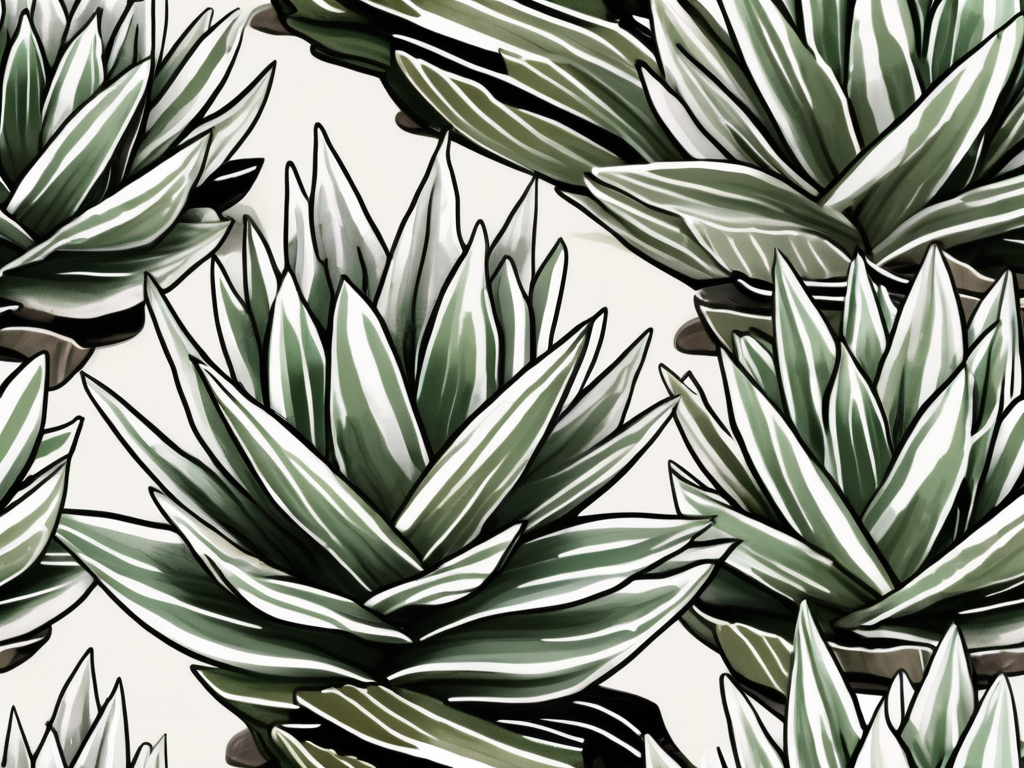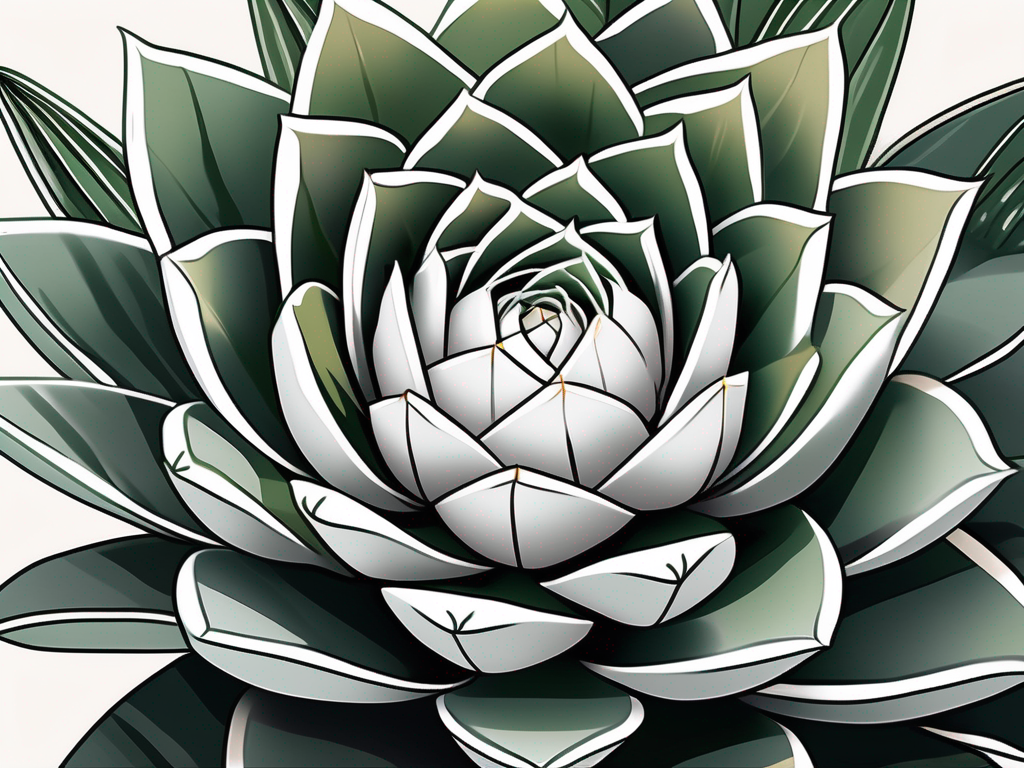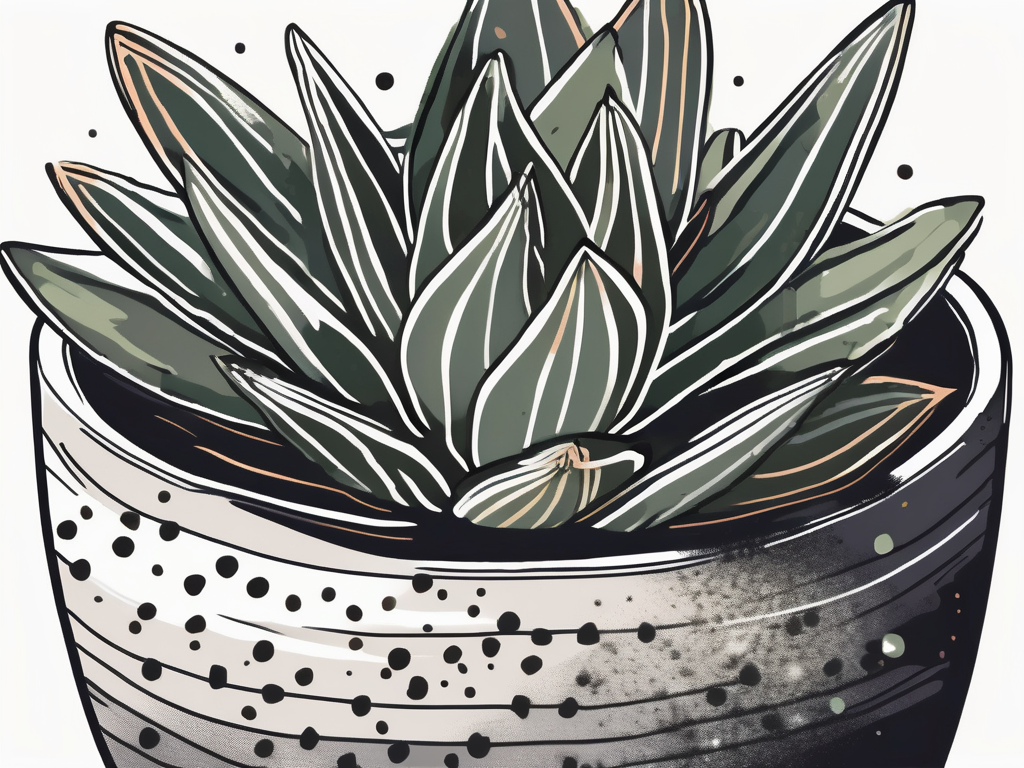
Succulents are all the rage, and for good reason. Their unique beauty and resilience make them a favorite among plant lovers everywhere. However, when it comes to identifying these lovely plants, things can get a bit confusing. With so many varieties, each with its own scientific name, it’s easy to feel overwhelmed.
In this post, we’ll take a closer look at some of the most popular succulents and their scientific names. We’ll also dive into why these names matter and touch on how you can use them to ensure you’re providing the best care for your succulent friends. Let’s get started!
Understanding Scientific Names
Before we jump into specific succulents, let’s talk about scientific names. Have you ever wondered why your succulent has a name that sounds more like a tongue twister than a plant? Well, scientific names are part of a universal system called binomial nomenclature. This system gives every living organism a two-part Latin name that reflects its genus and species.
Why bother with scientific names, you ask? They might seem complicated, but they actually make life easier. Imagine walking into a plant store and asking for a “blue chalk stick.” The chances of getting the right plant might vary from store to store. But if you ask for Senecio serpens, there’s no room for error. Scientific names provide a precise way to identify plants, ensuring you're on the same page with fellow plant enthusiasts and garden centers.
Think of it as a universal language for plants. Whether you’re in Tokyo or Toronto, Echeveria elegans will always be the same delightful rosette-forming succulent. Learning these names might take a bit of effort, but it’s a rewarding endeavor that’ll make you a more informed and confident plant parent.
Popular Succulents and Their Scientific Names
Now that we’ve got the basics down, let’s explore some popular succulents and their scientific names. This isn’t just a list; it’s a chance to get to know these plants a little better. So, grab a cup of tea, and let’s get to know some of your favorite succulents up close and personal.
Aloe Vera (Aloe barbadensis miller)
Chances are, you’ve heard of Aloe Vera. This succulent is famous for its soothing gel, often used in skin care products and remedies. But there’s more to Aloe Vera than its healing properties.
Aloe Vera is a hardy plant with thick, fleshy leaves that store water, making it perfect for those who might forget to water their plants now and then. It thrives in bright, indirect sunlight and prefers to dry out between waterings. The scientific name, Aloe barbadensis miller, helps distinguish it from other species within the Aloe genus, which boasts over 500 varieties.
- Watering: Let soil dry out completely between waterings.
- Light: Prefers bright, indirect sunlight.
- Soil: Well-draining cactus or succulent mix.
So, next time you see Aloe Vera at your local nursery, greet it by its full name. It’s practically family now!
Jade Plant (Crassula ovata)
The Jade Plant is a staple in many homes, known for its tree-like appearance and thick, shiny leaves. This succulent is often associated with good luck, and it's a favorite among Feng Shui enthusiasts.
The scientific name, Crassula ovata, sets this plant apart from other Crassula species. Crassula refers to the genus, encompassing various species with similar characteristics, while ovata describes this particular species. The Jade Plant is a resilient fellow, thriving with minimal water and a good dose of sunshine.
- Watering: Water when the top inch of soil is dry.
- Light: Enjoys bright, indirect light; can tolerate direct sunlight.
- Soil: Use a well-draining mix to prevent root rot.
Whether you’re new to succulents or a seasoned pro, the Jade Plant is a delightful addition to any collection. Remember, it’s not just a pretty face; it’s Crassula ovata!
String of Pearls (Senecio rowleyanus)
Ever seen a plant that looks like it’s wearing a string of pearls? Meet Senecio rowleyanus, a charming succulent that’s perfect for hanging baskets. Its long, trailing stems adorned with bead-like leaves make it a stunning visual centerpiece.
When caring for your String of Pearls, remember less is more. These plants can be a bit fussy when it comes to watering, so let them dry out between waterings. They also appreciate bright, indirect light, making them ideal for a sunny window ledge.
- Watering: Allow the soil to dry out completely.
- Light: Needs bright, indirect sunlight.
- Soil: Opt for a well-draining cactus or succulent mix.
With its elegant drapery and unique appearance, Senecio rowleyanus is sure to steal the show in your plant collection.
The Importance of Scientific Names in Plant Care
Scientific names aren’t just for plant geeks; they’re a practical tool for anyone looking to care for their succulents properly. Why? Because they help you understand your plant’s needs more accurately.
For example, if you know that your succulent is a Haworthia fasciata, you can research its specific requirements, like light preferences and watering habits. This precision ensures you’re not mistakenly following care instructions meant for a different species. It’s a bit like knowing your friend’s full name so you can send them the right birthday card instead of accidentally sending one to the wrong person!
Scientific names also help you explore the fascinating world of plant taxonomy. By understanding the relationships between species, you gain insight into their evolutionary history and why they’ve developed certain traits. Plus, you’ll impress your friends with your plant knowledge at your next garden party!
Recognizing Similarities and Differences
When you get into the nitty-gritty of scientific names, you’ll notice they often provide clues about a plant’s characteristics. Words like “fasciata” (meaning banded) or “serpens” (meaning creeping) can hint at the plant’s appearance or growth habit.
For instance, Haworthia fasciata and Haworthia attenuata might look similar, but a closer inspection reveals differences in their leaf patterns and textures. Knowing these subtle distinctions can be the key to unlocking the best care practices for each plant.
So, next time you’re browsing a plant catalog or strolling through a nursery, take a moment to appreciate the beauty and precision of scientific names. They’re like little stories, waiting to be uncovered.
The Role of Scientific Names in Interior Design
Now, let’s switch gears a bit and talk about how scientific names can play a role in your interior design projects. You might be wondering, “How do Latin names fit into my home decor?” Well, let’s explore that thought.
Creating a Cohesive Look
Understanding the scientific names of your succulents can help you create a cohesive look in your home. By grouping plants from the same genus, you can achieve a harmonious aesthetic. For example, a cluster of Echeveria succulents in varying colors can add a touch of elegance and sophistication to your living space.
Moreover, knowing the growth habits and needs of your plants can help you position them in the right spots. Sun-loving succulents like Graptopetalum paraguayense (Ghost Plant) can take center stage on a sunny windowsill, while shade-tolerant varieties like Haworthia can thrive on a shelf away from direct light.
Incorporating Succulents into Different Decor Styles
Succulents are versatile and can complement various decor styles, from minimalist to bohemian. Understanding their scientific names allows you to select plants that align with your design vision. For instance, the architectural structure of Agave attenuata might be perfect for a modern, minimalistic space, while the trailing form of Sedum morganianum (Burro’s Tail) can add a whimsical touch to a boho-inspired room.
Remember, the names might sound fancy, but they’re here to help you make informed decisions and create beautiful, plant-filled spaces that reflect your personal style.
Scientific Names and Succulent Propagation
You’ve probably wondered at some point if you can propagate your succulents. The answer is a resounding yes, and knowing the scientific names can guide you in this process.
Understanding Propagation Methods
Different succulents have different propagation methods, and knowing their scientific names can help you determine the best approach. Some succulents, like Echeveria, can be propagated from leaves, while others, like Crassula, might do better from stem cuttings.
Here’s a quick overview of common propagation methods:
- Leaf Propagation: Ideal for succulents like Echeveria and Graptopetalum. Gently twist a healthy leaf from the stem and let it dry for a few days before placing it on well-draining soil.
- Stem Cuttings: Best for plants like Crassula and Senecio. Cut a section of stem, let it callous over, and then plant it in soil.
- Division: Suitable for succulents like Haworthia and Aloe. Separate offsets or pups from the main plant and pot them individually.
By using the scientific name as a guide, you can experiment with propagation and potentially double your plant collection!
Challenges and Solutions in Identifying Succulents
Even with scientific names at your disposal, identifying succulents can sometimes feel like solving a mystery. Let’s talk about a few challenges and how you can tackle them.
Similar-Looking Species
Some succulents look remarkably similar, which makes identification tricky. Take Haworthia fasciata and Haworthia attenuata, for example. They both have rosettes of triangular leaves with white banding, but subtle differences set them apart.
To tackle this, examine your plant closely and consult reliable resources or plant identification apps. Look for distinguishing features like leaf texture or color variations. Joining plant groups or forums can also be a great way to connect with other plant lovers who might have the answers you’re looking for.
Hybrid Varieties
Succulents are often crossbred to create hybrids, which can be both fascinating and confusing. These hybrids might not have a clear scientific name, making them harder to categorize.
When in doubt, focus on the plant’s care requirements rather than its exact identification. Most hybrids share similar needs with their parent plants, so understanding the basics will still help you provide the right environment for your succulent.
Remember, identifying succulents is an ongoing learning process. The more you practice, the more skilled you’ll become at recognizing these unique beauties.
Resources for Learning More About Succulent Scientific Names
If you’re eager to learn more about succulent names and expand your knowledge, there are plenty of resources available to help you on your journey.
Books and Guides
A great place to start is with books dedicated to succulents. Titles like “Succulents: The Ultimate Guide” and “The Complete Book of Cacti & Succulents” provide detailed information about various species, their scientific names, and care instructions. Having a reference book on hand can be invaluable when trying to identify a new addition to your collection.
Online Databases and Websites
Online databases like the International Plant Names Index (IPNI) or The Plant List offer comprehensive lists of plant names and taxonomic information. Websites like “World of Succulents” provide valuable insights into specific succulents, complete with scientific names and care tips.
Plant Communities and Forums
Joining online plant communities or forums can also be a fantastic way to learn. These platforms allow you to connect with other plant lovers, share experiences, and ask questions about plant identification and care. Platforms like Reddit’s r/succulents or Facebook groups are excellent places to start.
With these resources at your fingertips, you’ll be well on your way to becoming a succulent name aficionado!
Final Thoughts
Scientific names might seem intimidating at first, but they’re your best friends when it comes to understanding and caring for your succulents. From identifying specific needs to creating beautiful interiors, these names provide a wealth of information and possibilities.
At Cafe Planta, we’re passionate about helping you nurture your plant collection. If you have questions or need plant care tips, reach out to us via email or connect with us on Instagram. We believe that plants inspire connection, and we’re here to support you on your journey to creating a thriving, plant-filled home.
























